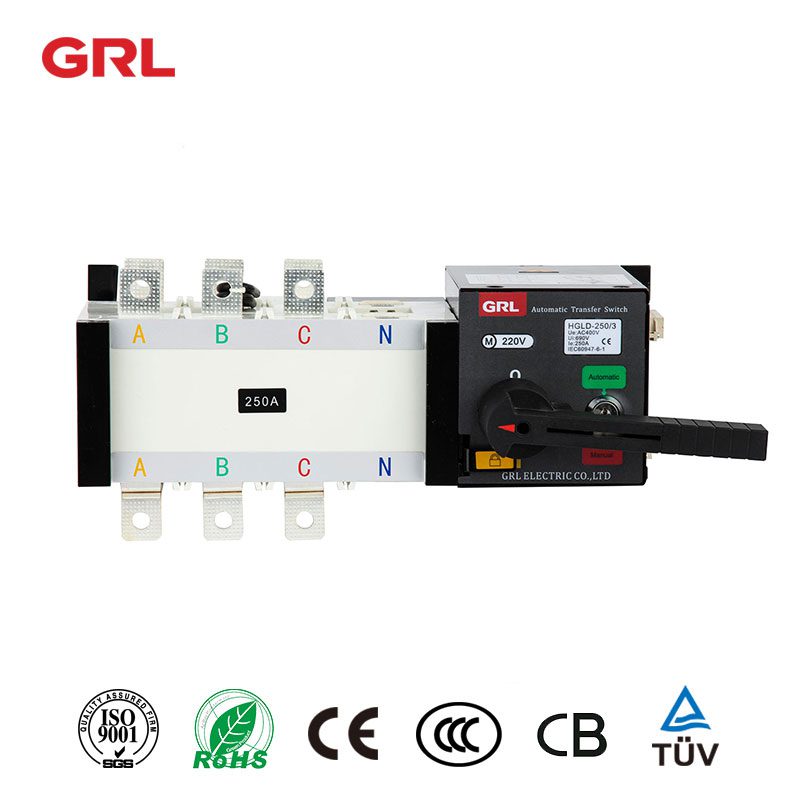
# Automated Trading System: Revolutionizing Financial Markets
## Introduction to Automated Trading Systems
An Automated Trading System (ATS) represents a significant leap forward in financial technology. These computer programs execute trades based on predefined rules and algorithms without human intervention. The rise of ATS has transformed how financial markets operate, bringing unprecedented speed, efficiency, and precision to trading activities.
## How Automated Trading Systems Work
At their core, ATS platforms consist of three main components:
– Market data analysis tools
– Decision-making algorithms
– Order execution mechanisms
The system continuously monitors market conditions, analyzes price movements, and executes trades when specific criteria are met. This process happens in milliseconds, far faster than any human trader could achieve.
## Benefits of Automated Trading
The advantages of implementing an ATS are numerous:
– Elimination of emotional trading decisions
– Ability to backtest strategies using historical data
– Faster execution speeds than manual trading
– Ability to monitor multiple markets simultaneously
– Consistent application of trading strategies
## Types of Automated Trading Strategies
Keyword: ATS
Various trading approaches can be automated:
### Trend Following Strategies
These systems identify and follow established market trends using technical indicators like moving averages.
### Arbitrage Opportunities
ATS can exploit price differences between markets or related securities in fractions of a second.
### Mean Reversion Systems
These algorithms capitalize on the tendency of prices to return to their average values over time.
## The Impact on Financial Markets
Automated trading has fundamentally changed market dynamics:
– Increased liquidity in many markets
– Reduced bid-ask spreads
– Changed the nature of market volatility
– Created new types of market participants
– Altered the competitive landscape for traders
## Challenges and Risks
While ATS offers many benefits, there are significant considerations:
– Potential for system errors or malfunctions
– Flash crashes caused by algorithmic interactions
– Regulatory challenges in monitoring automated activity
– Cybersecurity threats to trading systems
– Over-optimization of trading strategies
## The Future of Automated Trading
The evolution of ATS continues with emerging technologies:
– Integration of artificial intelligence and machine learning
– Application of quantum computing to trading algorithms
– Expansion into new asset classes and markets
– Development of more sophisticated risk management tools
– Increased regulatory oversight and standardization
## Conclusion
Automated Trading Systems have revolutionized financial markets, offering both opportunities and challenges. As technology advances, these systems will likely become even more sophisticated, further transforming how markets operate. While they can’t eliminate all risks, ATS platforms have become essential tools for modern financial institutions and traders seeking competitive advantages in today’s fast-paced markets.